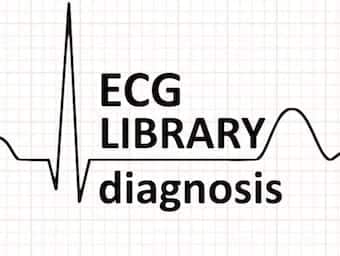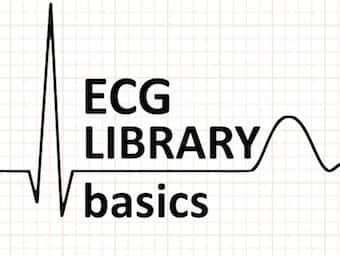
ECG changes in Pulmonary Embolism
The ECG changes associated with acute pulmonary embolism may be seen in any condition that causes acute pulmonary hypertension, including hypoxia causing pulmonary hypoxic vasoconstriction.

The ECG changes associated with acute pulmonary embolism may be seen in any condition that causes acute pulmonary hypertension, including hypoxia causing pulmonary hypoxic vasoconstriction.

Premature Ventricular Complex (PVC) - A premature beat arising from an ectopic focus within the ventricles. LITFL ECG Library

ECG features of posterior myocardial infarction (PMI) with some ECG examples. Learn how to diagnose this life-threatening condition.

A review of the ECG features of polymorphic ventricular tachycardia (VT) and torsades de pointes (TdP) with ECG examples

Inflammation of the pericardium secondary to infection, localised injury or systemic disorders, producing characteristic chest pain, dyspnoea and serial ECG changes.

ECG changes and signs of myocardial ischaemia seen with non-ST-elevation acute coronary syndromes (NSTEACS). EKG LIbrary LITFL

A review of the ECG features of multifocal atrial tachycardia (MAT) with EKG examples. Life in the Fast Lane ECG Library

Low QRS Voltage. QRS amplitude in all limb leads < 5 mm; or in all precordial leads < 10 mm. LITFL ECG Library

ST elevation in aVR indicates subendocardial ischaemia due to O2 supply/demand mismatch - causes can be cardiac and non-cardiac

Myocardial infarction diagnosis in the presence of left bundle branch block (LBBB) or ventricular paced rhythm. Sgarbossa Criteria

ECG features and causes of left axis deviation (LAD) using the hexaxial reference system. QRS axis between -30 and -90 degrees

Premature Junctional Complex (PJC) - premature beat arising from an ectopic focus within the AV junction. LITFL EKG library